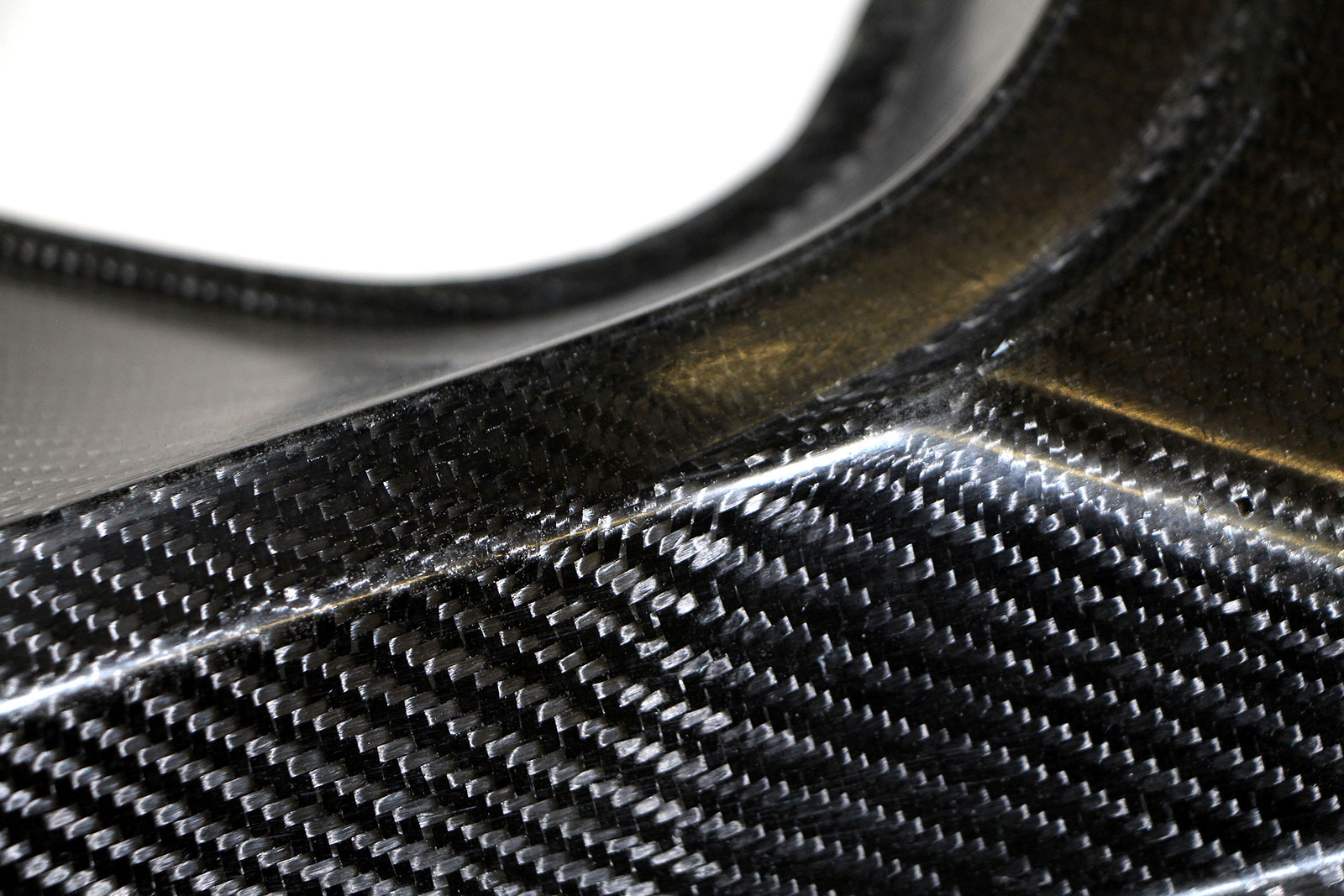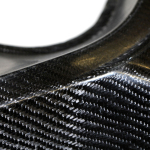Sen. Maria Cantwell (D-Wash.) established S. 1432, which calls for a study of the technology and energy savings of recycled carbon fiber and directs the U.S. Department of Energy (DOE) to collaborate with the automotive and aviation industry to develop a recycled carbon fiber demonstration project, according to a news release from the senator’s office.
Collaboration would better use federal investment and prevent duplicate spending, said the ranking member of the Senate Energy and Natural Resources Committee. “We are ushering in a new era in carbon fiber. …
But we also need to usher in this new era of recycling research because we know it’s going to be a highly used material,” Cantwell said.
Cantwell also called for DOE to collaborate with the Port of Port Angeles, Wash., and commended Port Commissioner Colleen McAleer for developing the Composite Recycling Technology Center, which recycles scrap fibers and converted a displaced workforce and unused facilities into a new market.
Carbon fiber composites are projected to have a worldwide market of $27 billion next year as it continues to have a transforming impact on the aerospace, automotive and energy sectors.
Large manufacturers and suppliers have agreed to donate their scrap carbon fiber to the center for recycling into recycled carbon fiber composites. Currently, only nine sites worldwide operate carbon fiber recycling.
“Since 2012, the Port of Port Angeles has spearheaded the idea of an advanced composites manufacturing, where industry and researchers share workspace and workforce,” McAleer said. “It would leverage our existing technologies and assets.”
Dr. Lynn Orr, undersecretary for science and energy at DOE, said that “carbon fiber materials are a very important component to our Vehicle Technologies office. One of the principal ways you can increase the efficiency of vehicle transport is to provide the same strength, but with lighter-weight materials. We have an active program in that area and are very interested in pursuing that going forward.”
The waste and recycling industry continues to pursue new technology opportunities. The American Chemistry Council’s Plastics-to-Oil Technologies Alliance just created several educational tools to showcase plastics-to-fuel technologies as a viable end-of-life solution for keeping non-recycled plastics out of landfills. It came up with a instructional video and separate guide to help policy makers, state regulators, waste management professionals and municipal officials better understand the opportunities.
And metals recycling firm Metallix Refining Inc. further invested in the precious metals recycling industry with the purchase of a precious metals recycling facility in Maxton, N.C., from Umicore Precious Metals Recycling, which allows the company to significantly increase its catalytic converter recycling capacity.













